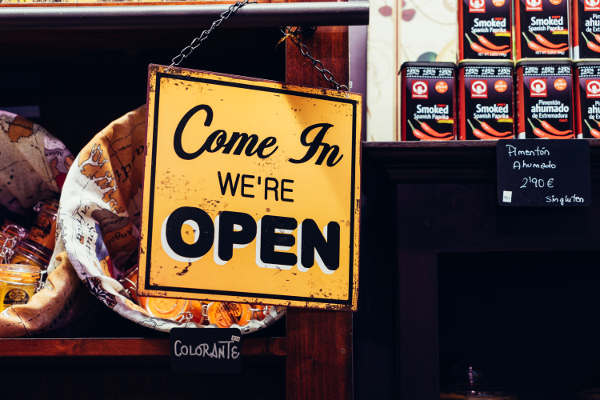(Ed. Note: This Part 2 of a three-part series on accessibility, openness, and how technology can improve both for the law. In Part 1 we discussed the differences between accessibility and openness, and took a deep dive into accessibility.)
Last time, on Open Law Blog… “But even if you could get an accurate version of the law you needed in the format you needed, a problem remains: what are you allowed to do with it? If the law were truly “open”, the answer would be “whatever you want”.”
But most law is not truly open, especially the law that is usually accessible. To put it another way, these laws are not “free” as in “freedom”. They might, in some cases, be “free” as in “free to obtain” (an accessibility issue), but they are not free in the sense that they can be used in all the ways that you might want. When people say the law is free, this distinction is very important.
Many websites offer the law for no-cost to access, but these laws are constrained by copyright claims or restrictive terms of service. The terms of service for about 1500 municipal and county legal codes states, for instance, that the law accessible on the website is for “personal use only” and cannot be used for “commercial, non-profit or public purposes”. In other cases, you can look at the law, but not print it.[4] In these situations, the law might be free to access but not free to use.
Like accessibility, openness exists in degrees and kinds. Laws can be open in some ways, but not others. So long as the use you are hoping for is permitted, you are unlikely to notice all the other ways the law is closed.
For a law to be open, it must be usable for any purpose by the user. Whether, for instance, it is personal or commercial does not matter. When a city hosts its laws online, it should be usable by both an individual who wants to represent themselves in court or an attorney who has a paying client. The ability to read, download, print, link to, and share the laws should not be inhibited.
It must also be permissible to use the law as a foundation for creating other things. The text of the law is a form of data that can be ingested by software. The “open law” paradigm permits and supports the creation of things like more powerful legal search engines and legal research tools. The end user must also have the freedom to redistribute the law and the things built on top of it.
This is not to say that things built on top of the law necessarily must also themselves be open. Things like custom annotations and complex services that use the law as a source of data make sense as services to be paid for. Someone has put in the hard work to make them. And profitability supports a healthy market for these tools. But the underlying data, the law, should remain open as a public good. When one company or organization monopolizes the underlying law, innovation stagnates. When the law is open, innovation accelerates.
This is also not to say that there cannot be limitations on representations made about the law or derivatives. Governments and the public have an interest in controlling the integrity of their laws and ensuring there is no confusion between what is “official” government law and what is redistributed or remixed law.
With this framework of accessibility and openness, the world of laws begins to look very different. An interesting point of comparison is the National Oceanic and Atmospheric Administration (NOAA), which operates the National Weather Service (NWS). More than 15 million weather products are built on top of weather data provided by the NOAA. And the value of weather forecasts alone amounts to more than $31 billion per year. The private sector also builds on top of NOAA data to the tune of over $700 million per year in value. Not to mention the Weather Derivatives financial industry which is also valued in the billions each year.[5][6]
If only the law were as accessible and open as weather data. The benefits would be dramatic for policy makers and citizens alike. Imagine for the moment that policy makers could perform multi-jurisdictional analyses of local budgets in connection with the laws that are in effect in each jurisdiction. The permitting process would be far easier for both city and citizen if the process utilized software that could change as the underlying law changed. The market for low-cost legal services could grow dramatically. Increased innovation in this sector means increasing the likelihood of creating new systems and processes that could improve legal access for self-represented litigants or the delivery of legal services to indigent clients.
(Ed. Note: In Part 3, we’ll discuss how technology can improve both the accessibility and openness of the law.)
[4] The inability to print out the law is also arguably an accessibility issue. [5] http://www.esa.doc.gov/economic-briefings/value-government-weather-and-climate-data [6] https://www.oecd.org/sti/ieconomy/40066192.pdfAbout Open Law Library
Open Law Library modernizes the lawmaking process; empowering governments to focus on high-value tasks, auto-updates the legal code as laws become effective, and improves how governments connect with citizens.


